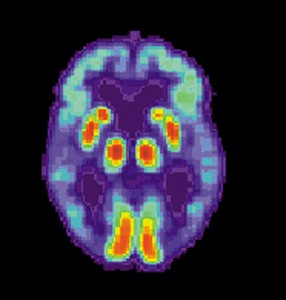Can New Patent Rules Help to Reduce Biopiracy?
 Endowed with extraordinary genetic diversity, the world’s tropical rainforests have produced the raw material for many highly profitable pharmaceuticals. Yet, the nations in which the rainforests are located — many of which are among the poorest in the world — often realize little economic benefit. “Bioprospectors” have traditionally had little difficulty operating outside the legal regulation of source nations. And, once biological materials are transported to the developed world, they may be made the basis for legally enforceable patents there. Then, adding insult to injury — or perhaps more accurately, injury to insult — the patents may impair the ability of source nations to use their own genetic resources. To critics, this dynamic — often labeled “biopiracy” — calls to mind the long tradition of exploitative north-south relationships going back to colonial days.
Endowed with extraordinary genetic diversity, the world’s tropical rainforests have produced the raw material for many highly profitable pharmaceuticals. Yet, the nations in which the rainforests are located — many of which are among the poorest in the world — often realize little economic benefit. “Bioprospectors” have traditionally had little difficulty operating outside the legal regulation of source nations. And, once biological materials are transported to the developed world, they may be made the basis for legally enforceable patents there. Then, adding insult to injury — or perhaps more accurately, injury to insult — the patents may impair the ability of source nations to use their own genetic resources. To critics, this dynamic — often labeled “biopiracy” — calls to mind the long tradition of exploitative north-south relationships going back to colonial days.
The Convention on Biological Diversity aims to strengthen the position of source nations by requiring bioprospectors to obtain prior informed consent before using materials from other nations. However, the treaty has a weak enforcement mechanism, and the United States is not even a party to it.
Responding to the weaknesses of the CBD, 3L Laura Grebe has an interesting new proposal to incorporate the prior informed consent concept into U.S. patent law. Her proposal is described and defended in a new paper on SSRN entitled “Requiring Genetic Source Disclosure in the United States.” In essence, Laura would require patent applicants to disclose the origin of their genetic materials and whether they obtained prior informed consent from the source nations. Among other things, she hopes that U.S. reforms along these lines would become a model for other nations.
The abstract to Laura’s paper appears after the jump.

